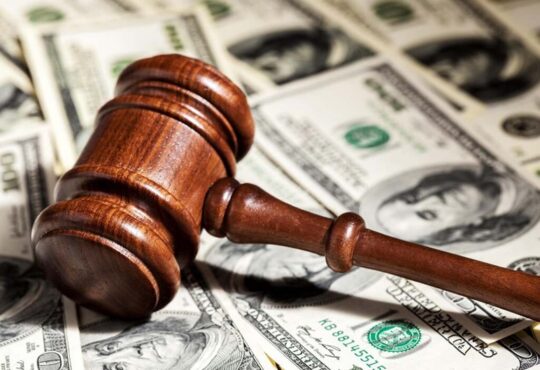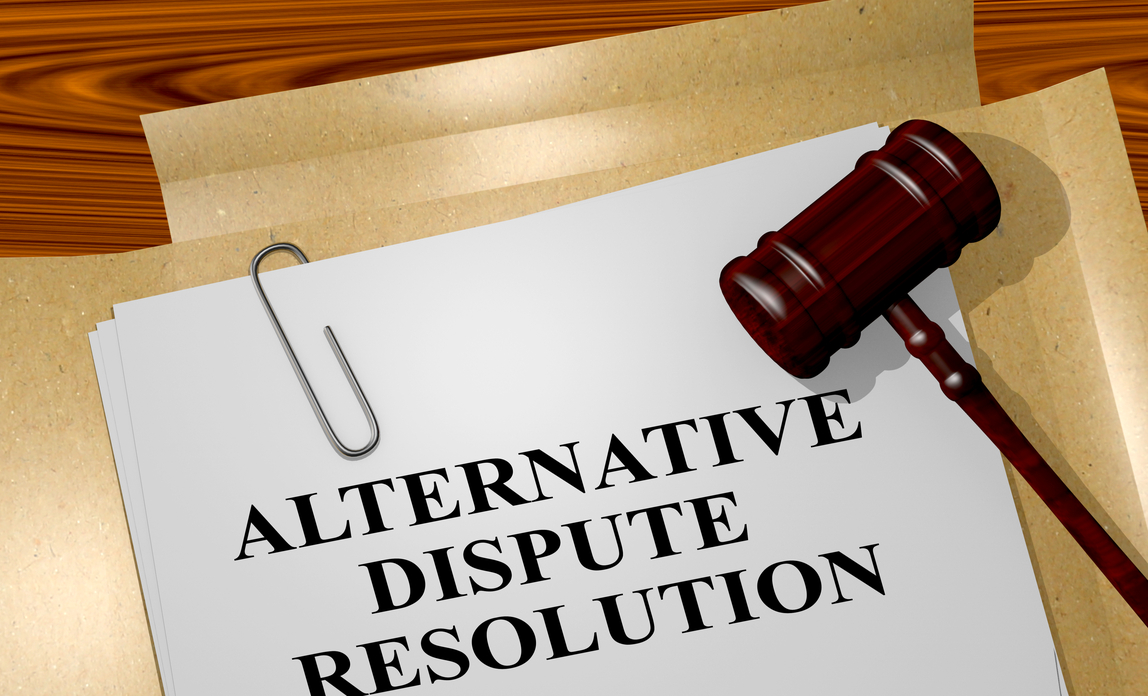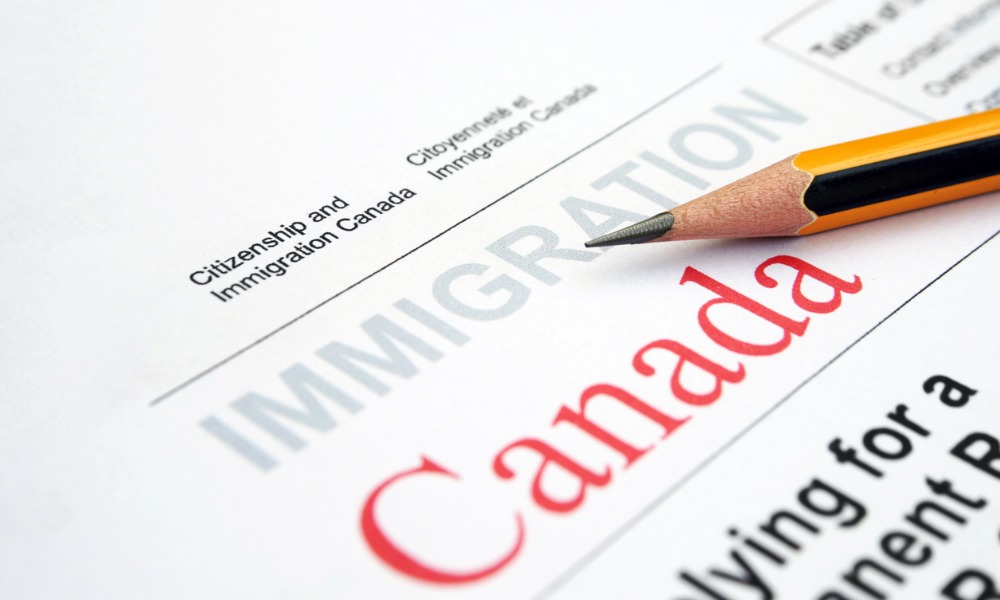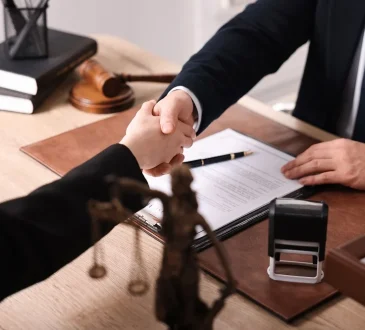
Recovering after a serious accident isn’t only about medical treatment; it’s also about rebuilding your life with the financial stability the law provides. A skilled lawyer helps you understand what evidence matters, how to document losses, and how to push for fair compensation in negotiations or at trial. In the sections below, you’ll see how Compton attorneys analyze police reports, coordinate with doctors, and prepare witnesses to prove negligence and damages. You’ll also learn why tailored legal strategies can change the trajectory of a case and how non-economic harm is calculated alongside medical bills and lost wages. If you’re comparing options or scanning law firm pages, it’s normal to want to View Details before calling—consider this your practical roadmap to what effective representation looks like in Compton.
How Compton Attorneys Build Strong Claims Using Police and Medical Evidence
A strong injury claim begins with facts that connect the defendant’s conduct to your harm, and those facts often live in police and medical records. Attorneys request the full traffic collision report, dispatch logs, body-cam excerpts, and supplemental officer notes to pinpoint timelines, road conditions, and violations. They then cross-reference those details with emergency room intake records, imaging studies, and treating physician reports to establish causation and the scope of injury. When inconsistencies surface—say, a gap between reported pain and diagnostic findings—lawyers consult independent specialists to clarify what the scans and labs mean. Working with a Personal Injury Attorney Compton residents trust means your team is scrutinizing every line, looking for objective anchors that make your story credible.
Turning reports into persuasive proof
Evidence isn’t persuasive until it’s organized into a narrative that a claims adjuster or jury can follow. Attorneys map each piece of documentation to the legal elements of negligence—duty, breach, causation, and damages—using exhibits that pair photos, diagrams, and medical timelines. They verify chain-of-custody for records, authenticate photos and dashcam footage, and obtain affidavits that keep exhibits admissible. Medical chronologies explain improvement or setbacks, while impairment ratings connect symptoms to real-world limitations at work and home. With this structure, the file reads less like a stack of papers and more like a *clear, compounding argument* that shows why full compensation is warranted.
Understanding the Role of Witness Testimony in Establishing Negligence
Witnesses can fill gaps that no report can, especially when they describe speed, distraction, or right-of-way errors moments before impact. Attorneys evaluate credibility by considering vantage point, proximity, lighting, and whether a witness’s account stays consistent across statements. They also look for corroboration, comparing testimony with skid marks, vehicle damage patterns, or cell phone metadata. When paired with physical evidence, witness insights can push liability from uncertain to clear, making insurers more likely to settle fairly. A Personal Injury Attorney Compton clients turn to will know how to convert those observations into decisive proof of breach and causation.
Preparing and protecting witness credibility
Preparation protects testimony from being diluted or discredited. Lawyers conduct pre-interview briefings that clarify what a witness remembers versus what they assume, helping avoid speculation that could be challenged later. They memorialize statements promptly, then follow up as needed with recorded declarations to lock in details before memories fade. During depositions, attorneys use calm, focused questioning to surface the most important facts while shielding the witness from leading or confusing prompts. This careful approach ensures that, when testimony is weighed alongside medical and police records, the narrative of negligence emerges with *coherent, trustworthy* clarity.
Why Tailored Legal Strategies Improve Outcomes for Accident Victims
No two injuries or insurance carriers behave the same, which is why formulaic tactics often leave money on the table. Attorneys in Compton evaluate liability strength, policy limits, defendant assets, medical prognosis, and venue tendencies before deciding whether to push for early settlement or build aggressively for trial. They account for cultural, linguistic, and workplace realities that affect how clients document recovery and follow treatment plans. The strategy also shapes how evidence is presented—some cases hinge on biomechanical analysis, while others demand vocational experts to quantify future earning losses. When a Personal Injury Attorney Compton neighbors recommend tailors the plan to these variables, the case gains precision and leverage.
Strategy components that move the needle
Effective customization shows up in pacing, messaging, and expert selection. If liability is clear but damages are still developing, lawyers may delay settlement talks until after key specialist appointments, allowing medical records to reflect the full picture. Conversely, when liability is contested, they might front-load accident reconstruction and secure neutral expert opinions early. Communication is tailored, too; attorneys provide concrete timelines and encourage clients to keep treatment diaries, upload scans, and—when reviewing law firm resources—scan for View Details to understand next steps. This deliberate orchestration ensures negotiations start from a position of strength and that any eventual trial presentation feels both structured and *human*.
How Attorneys Calculate Both Economic and Pain-and-Suffering Damages
Economic damages begin with the numbers you can verify: emergency care, hospitalization, follow-up visits, prescriptions, therapy, medical devices, and travel to appointments. Lawyers compile invoices, insurance explanations of benefits, and mileage logs, then validate amounts with providers to prevent disputes later. Lost wages require pay stubs, employer statements, and, for self-employed clients, profit-and-loss records; future earnings losses often need economist or vocational expert input. Property damage and out-of-pocket costs are documented to the last receipt, ensuring nothing is left unclaimed. A Personal Injury Attorney Compton claimants count on will also anticipate insurer arguments and address them with clean, audit-ready proof.
Capturing non-economic harm with credible methodology
Non-economic damages—pain, mental anguish, disfigurement, and loss of enjoyment—are real but less tangible. Attorneys build them with consistent treatment notes, therapist records, photos of daily living adaptations, and testimony from family or coworkers. They use accepted frameworks like the multiplier or per-diem method but ground them in case-specific facts, such as permanent restrictions or chronic pain documented over time. Juror-friendly tools—day-in-the-life summaries and carefully curated progress timelines—help bridge the gap between medical language and lived experience. By aligning narrative, medical evidence, and recognized valuation methods, lawyers translate intangible harm into *compelling, fair* compensation figures.
What Strong Courtroom Advocacy Means for High-Stakes Injury Cases
High-stakes cases demand courtroom skills that start long before voir dire. Trial-focused attorneys craft motions in limine to keep junk science out and ensure jurors only hear admissible, relevant evidence. They storyboard the case around themes—safety rules, choices, and consequences—so each witness and exhibit advances a single, memorable message. Visuals matter, too: timelines, medical illustrations, and demonstratives transform complex records into clear, juror-ready anchors. When you partner with a Personal Injury Attorney Compton juries respect, this preparation converts complicated facts into credible, persuasive advocacy.
Trial practices that shape verdicts
In court, success turns on precision, pacing, and control. Direct examinations are built to be short and purposeful, using plain language and exhibits that keep the jury oriented. Cross-examinations focus on selective points that expose bias or inconsistency without alienating jurors with needless hostility. Attorneys watch the judge’s cues, preserve objections for appeal, and adapt on the fly when testimony deviates from expectations. This disciplined approach safeguards your record, strengthens damages arguments, and gives jurors the *confidence* to award full and fair compensation.
Why Legal Support Is Essential for Pursuing Justice Under California Law
California law offers robust protections, but it also imposes strict rules that can reduce recoveries if you don’t navigate them correctly. The statute of limitations, government claim deadlines, comparative fault allocations, and medical lien priorities all shape outcome and timing. Attorneys coordinate treatment plans to avoid gaps in care, manage health insurer subrogation, and sequence negotiations so that you don’t settle prematurely. They also ensure discovery responses are complete and strategic, reducing the risk of sanctions or credibility hits. If you’re reviewing a firm’s process or intake documents, it helps to View Details on deadlines and *procedures* to understand what will be required of you.
Support that protects recovery long after the case ends
Legal support doesn’t stop at settlement or verdict. Lawyers negotiate provider liens, safeguard funds for future medical needs when appropriate, and advise on structured settlements that stabilize long-term finances. They counsel clients on avoiding social media pitfalls, preserving confidentiality, and planning for taxes on certain elements of recovery. Ongoing communication keeps you informed about enforcement steps if payments are delayed or contested. With the right guidance—and the willingness to slow down, ask questions, and View Details when decisions arise—you’re better positioned to secure justice now and stability for the years ahead.








